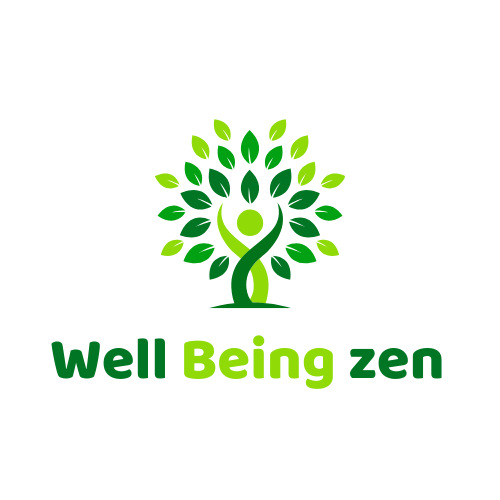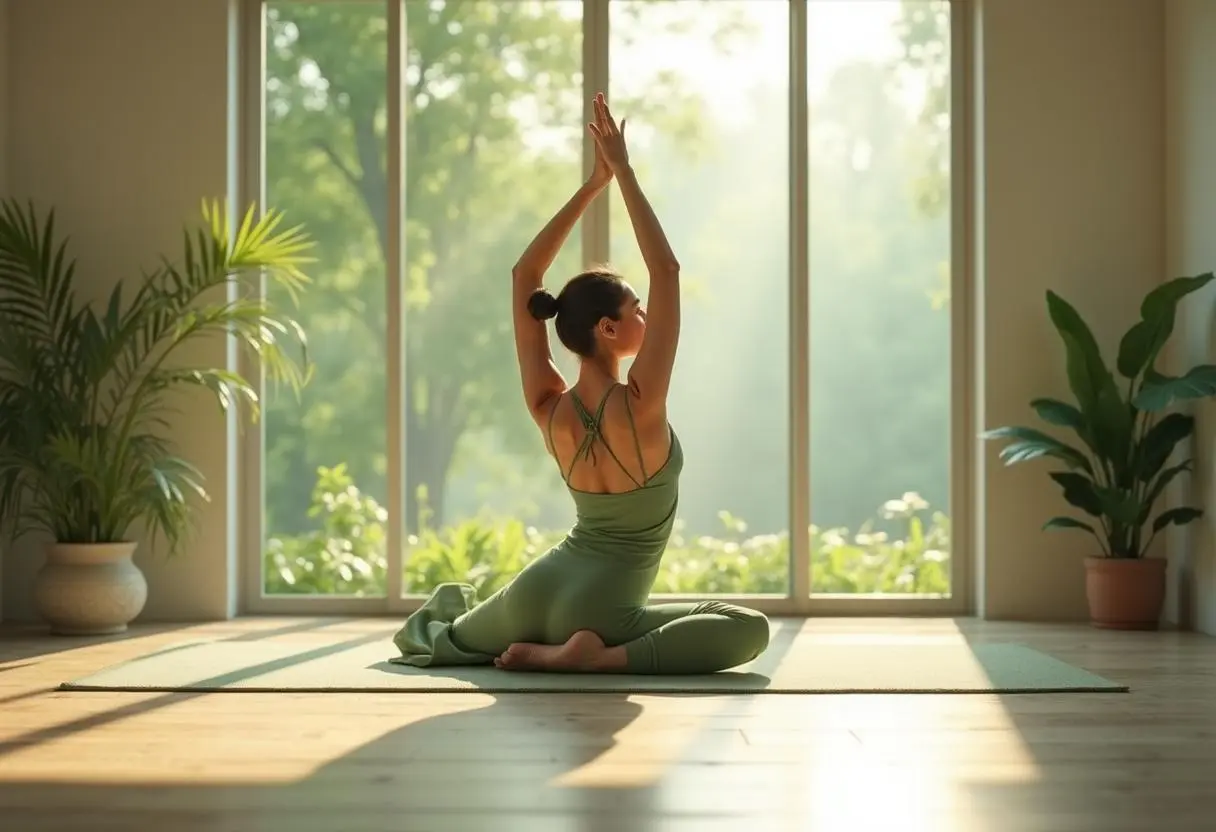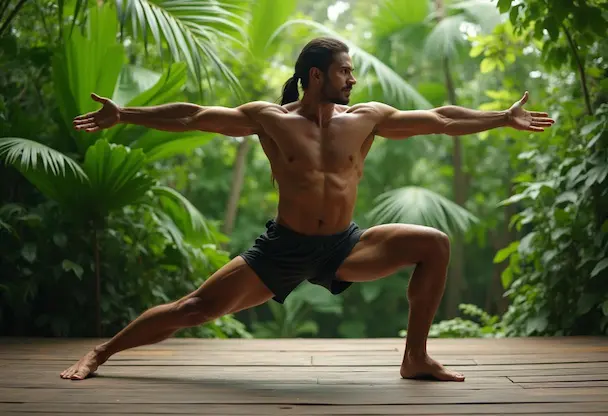How did your morning begin today? Was it with the jarring sound of an alarm, a frantic rush through your routine, and a mind already cluttered with the day’s anxieties? For many of us, mornings feel less like a gentle awakening and more like a race we’re already losing. We feel stiff, sluggish, and disconnected before our feet even hit the floor.
But imagine a different kind of morning. One where you intentionally carve out just a few minutes to connect with your body, to honor the new day, and to fill yourself with a calm, focused energy that carries you for hours. Imagine a ritual so profound yet so simple that it can transform your physical, mental, and spiritual well-being.
This ritual exists, and it has been practiced for thousands of years. It’s called Surya Namaskar, or the Sun Salutation.
This beautiful sequence is far more than a simple yoga warm-up. It is a moving meditation, a prayer in motion, and a complete workout for the body and soul. Today, we invite you to slow down with us. Let’s explore the timeless wisdom of this practice, learn the correct method step-by-step, and uncover the 12 life-changing sun salutation benefits that are waiting for you.
Table of Contents
What is Surya Namaskar? More Than Just a Stretch
Surya Namaskar translates from Sanskrit to “salutation to the sun.” Traditionally performed at sunrise to greet the new day, this practice is a gesture of gratitude to the sun, the source of all life and energy on our planet.
It is a dynamic sequence of 12 gracefully linked yoga postures (asanas), synchronized with the rhythm of the breath. Each movement flows seamlessly into the next, creating a continuous loop of motion. This isn’t about pushing your body into pretzel-like shapes; it’s about creating harmony between your body, your breath, and your mind. It’s a holistic practice that awakens your entire being.
The Correct Method: A Step-by-Step Guide to Sun Salutation
The true power of the Sun Salutation lies in the details—the alignment, the gaze (drishti), and most importantly, the breath. Before you begin, find a quiet space, roll out your mat, and take a moment to stand, close your eyes, and just breathe.
We will guide you through one complete round, which consists of 12 steps. Remember to move with intention and let your breath lead the way.
1. Pranamasana (Prayer Pose)
- How to do it: Stand at the front of your mat with your feet together. Bring your palms together in a prayer position (Anjali Mudra) at your heart center. Your weight should be evenly distributed. Relax your shoulders.
- Breath: Exhale.
- Mantra (Optional): Om Mitraya Namaha (Salutations to the friend of all)
2. Hasta Uttanasana (Raised Arms Pose)
- How to do it: Keeping your palms together or shoulder-width apart, inhale deeply and stretch your arms up and back. Gently arch your spine, lengthening from your heels to your fingertips. Keep your biceps alongside your ears.
- Breath: Inhale.
- Mantra: Om Ravaye Namaha (Salutations to the shining one)
3. Hastapadasana (Hand to Foot Pose)
- How to do it: Exhale and hinge from your hips, folding forward with a straight spine. Bring your hands down to the floor beside your feet. You can bend your knees if needed to protect your lower back. Try to bring your nose to your knees.
- Breath: Exhale.
- Mantra: Om Suryaya Namaha (Salutations to the one who induces activity)
4. Ashwa Sanchalanasana (Equestrian Pose)
- How to do it: Inhale and step your right leg back as far as you can. Drop your right knee to the floor and look up, arching your spine slightly. Ensure your left knee is directly over your left ankle, forming a 90-degree angle.
- Breath: Inhale.
- Mantra: Om Bhanave Namaha (Salutations to the one who illumines)
5. Dandasana (Stick Pose or Plank)
- How to do it: As you exhale, step your left leg back to join the right. Your body should form a straight line from your head to your heels, like a plank. Engage your core and keep your arms straight, with your wrists directly under your shoulders.
- Breath: Exhale.
- Mantra: Om Khagaya Namaha (Salutations to the one who moves through the sky)
6. Ashtanga Namaskara (Eight-Limbed Salute)
- How to do it: Gently drop your knees, chest, and chin to the floor. Your hips and abdomen will remain slightly elevated. This creates eight points of contact with the floor: two feet, two knees, two hands, chest, and chin.
- Breath: Hold the breath (or a gentle, shallow exhale).
- Mantra: Om Pushne Namaha (Salutations to the giver of strength)
7. Bhujangasana (Cobra Pose)
- How to do it: Inhale and slide forward, lifting your chest off the floor. Keep your hips on the ground and straighten your arms, arching your back into a gentle cobra pose. Look upwards. Your shoulders should be down and away from your ears.
- Breath: Inhale.
- Mantra: Om Hiranya Garbhaya Namaha (Salutations to the golden cosmic self)
8. Adho Mukha Svanasana (Downward-Facing Dog Pose)
- How to do it: Exhale, tuck your toes, and lift your hips up and back to form an inverted ‘V’ shape. Press your heels towards the floor and let your head hang freely between your arms.
- Breath: Exhale.
- Mantra: Om Marichaye Namaha (Salutations to the lord of the dawn)
9. Ashwa Sanchalanasana (Equestrian Pose)
- How to do it: Inhale and bring your right foot forward between your hands (the same leg you stepped back with in step 4). Drop your left knee to the floor and look up.
- Breath: Inhale.
- Mantra: Om Adityaya Namaha (Salutations to the son of Aditi, the cosmic mother)
10. Hastapadasana (Hand to Foot Pose)
- How to do it: Exhale and step your left foot forward to join the right. Straighten your legs (keeping a soft bend in the knees if needed) and fold your torso over your legs.
- Breath: Exhale.
- Mantra: Om Savitre Namaha (Salutations to the stimulating power of the sun)
11. Hasta Uttanasana (Raised Arms Pose)
- How to do it: Inhale, and with a long, straight spine, sweep your arms up and back, recreating the gentle arch from step 2.
- Breath: Inhale.
- Mantra: Om Arkaya Namaha (Salutations to the one who is worthy of praise)
12. Pranamasana (Prayer Pose)
- How to do it: Exhale and bring your palms back together at your heart center, returning to your starting position.
- Breath: Exhale.
- Mantra: Om Bhaskaraya Namaha (Salutations to the one who leads to enlightenment)
This completes half a round. To complete a full round, you repeat the entire sequence, this time stepping the left leg back first in step 4.
Unlocking Wellness: The 12 Life-Changing Sun Salutation Benefits
Now that you know the flow, let’s explore why this practice is so revered. The list of sun salutation benefits is extensive, touching every system in the body.
- A Complete Full-Body Workout: This single sequence stretches, flexes, and tones every major muscle group, from your arms and shoulders to your spine, core, and legs. It’s a fantastic and efficient way to warm up and strengthen your entire body.
- Improves Flexibility and Posture: The continuous forward bends and backbends lengthen the spine and open the hamstrings, hips, and shoulders. Regular practice corrects postural imbalances caused by sitting for long hours, leading to a more graceful and aligned stance.
- Aids in Weight Management: As a dynamic cardiovascular exercise, Surya Namaskar increases your heart rate and boosts your metabolism. This helps in burning calories and can be a powerful tool in a holistic weight management plan.
- Promotes Radiant Skin and Healthy Hair: The increased blood circulation from the practice helps deliver more oxygen and nutrients to your skin cells, promoting a healthy, natural glow. It can also improve circulation to the scalp, potentially reducing hair fall.
- Boosts Digestive Health: The sequence alternately compresses and stretches the abdominal organs. This massaging action stimulates your digestive fire (Agni), improving digestion, relieving constipation, and releasing trapped gases.
- Calms the Mind and Reduces Anxiety: The synchronized breathing and focused movement have a deeply meditative effect. It soothes the nervous system, reduces levels of the stress hormone cortisol, and helps alleviate anxiety and restlessness, leaving you with a sense of profound calm.
- Enhances Cardiovascular Health: Practicing at a steady pace provides an excellent aerobic workout that strengthens the heart muscle, improves blood circulation, and helps maintain healthy blood pressure.
- Supports Hormonal Balance: This is one of the most vital sun salutation benefits, especially for women. The practice stimulates endocrine glands like the thyroid, adrenals, and pituitary, helping to regulate hormonal secretions and support a regular menstrual cycle.
- Strengthens the Immune System: By improving overall circulation, stimulating the lymphatic system (your body’s drainage network), and reducing stress, this practice helps fortify your body’s natural defense mechanisms.
- Balances Your Energy Centers (Chakras): In yogic philosophy, the movements and mantras of Surya Namaskar are believed to activate and balance the chakras, the main energy centers in the body, leading to enhanced spiritual and emotional well-being.
- Improves Lung Capacity: The deep, rhythmic breathing (pranayama) that accompanies each movement ventilates the lungs, increases oxygen intake, and strengthens the entire respiratory system.
- Cultivates Gratitude and Mind-Body Connection: Above all, this is a practice of mindfulness. It teaches you to be present in your body and to move with gratitude. This daily act of honoring yourself and the new day fosters a deep and loving connection between your mind and body.
Common Mistakes to Avoid for a Safe Practice
- Rushing: The goal is not speed, but mindful movement. Move slowly and deliberately.
- Holding Your Breath: Let the breath flow. If you find yourself holding it, you’re likely moving too fast.
- Improper Alignment: In Plank, avoid letting your hips sag. In Downward Dog, prioritize a long spine over straight legs.
- Pushing Too Hard: Listen to your body. If something hurts, gently back off. Flexibility comes with time and consistent practice.
Conclusion: More Than a Ritual, It’s a Return to You
The Sun Salutation is more than just a sequence of poses. It’s an opportunity. An opportunity to start your day with intention, to clear the mental clutter, to awaken your physical body, and to connect with the quiet strength that resides within you.
In a world that constantly pulls us outward, this practice is a powerful invitation to come back home to yourself, even if only for ten minutes. It is a daily promise you make to your own well-being.
We invite you to try it. Tomorrow morning, before you reach for your phone, roll out your mat. Start with just two or three rounds. Move slowly. Breathe deeply. Greet the sun. Greet yourself. Notice the shift.
We would love to be part of your journey. Share your experience with the Sun Salutation in the comments below. How does it make you feel?




